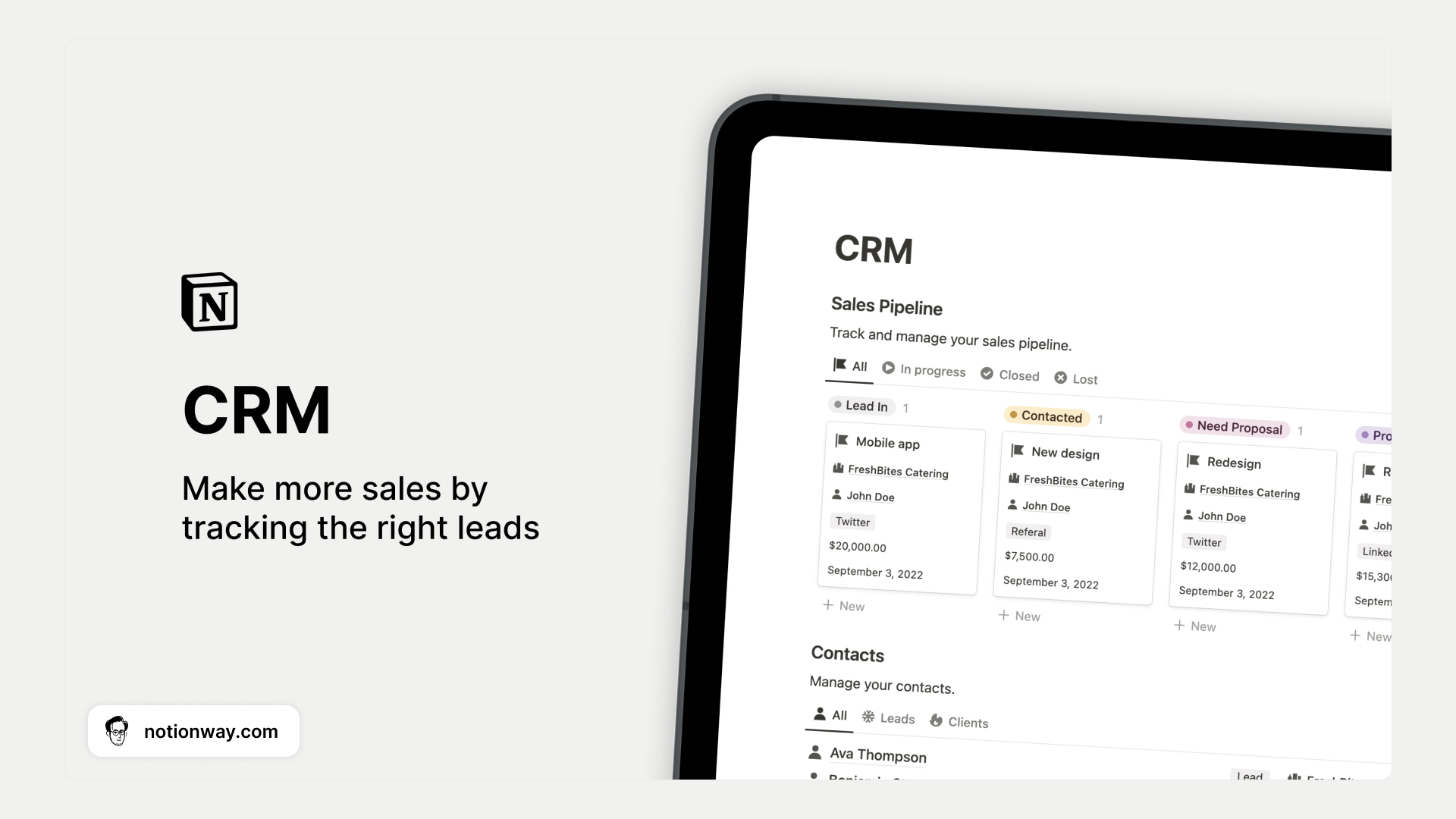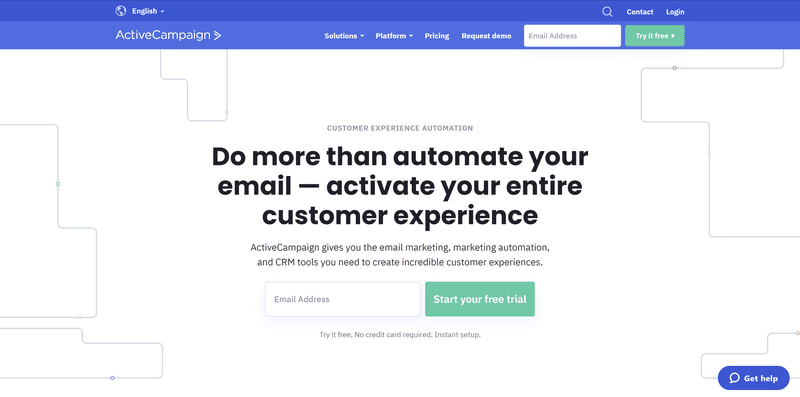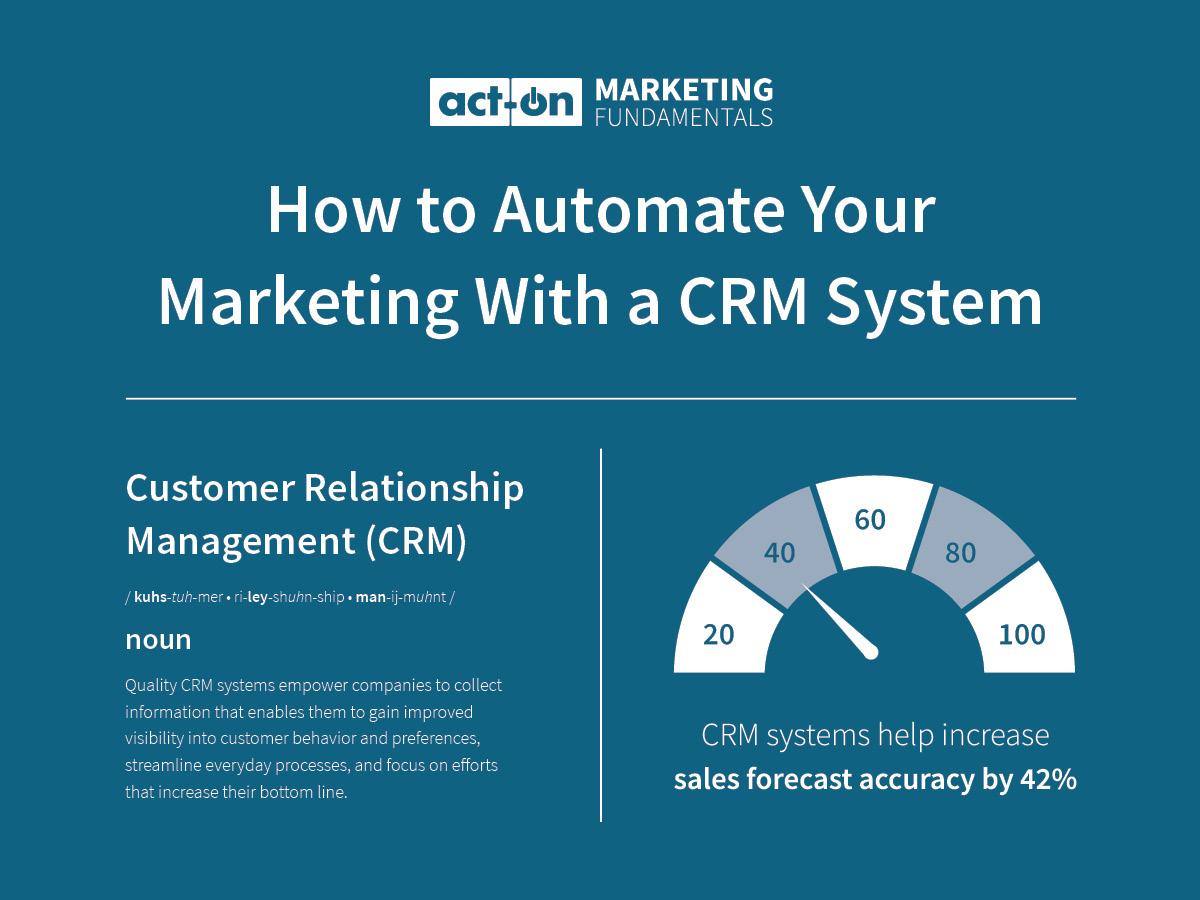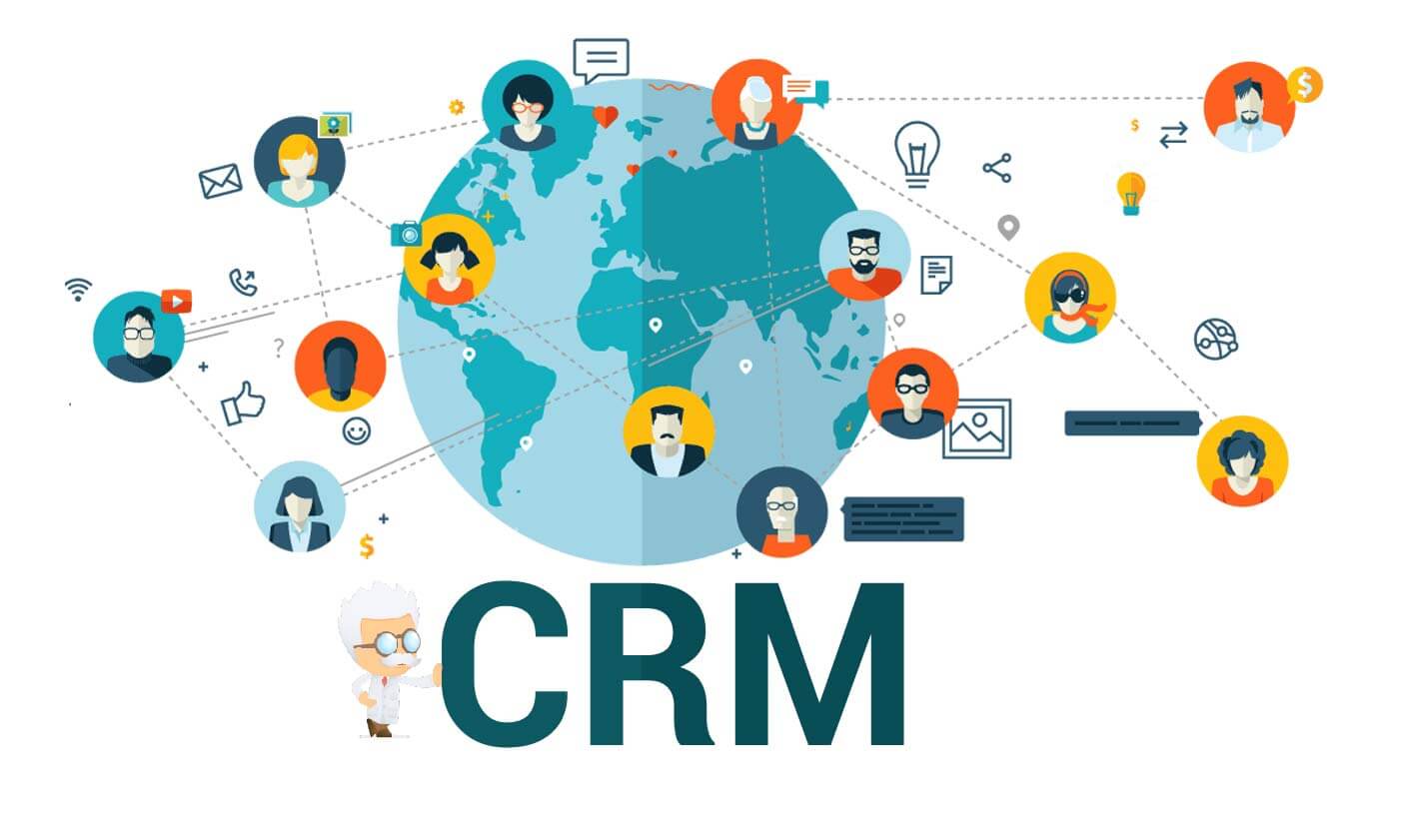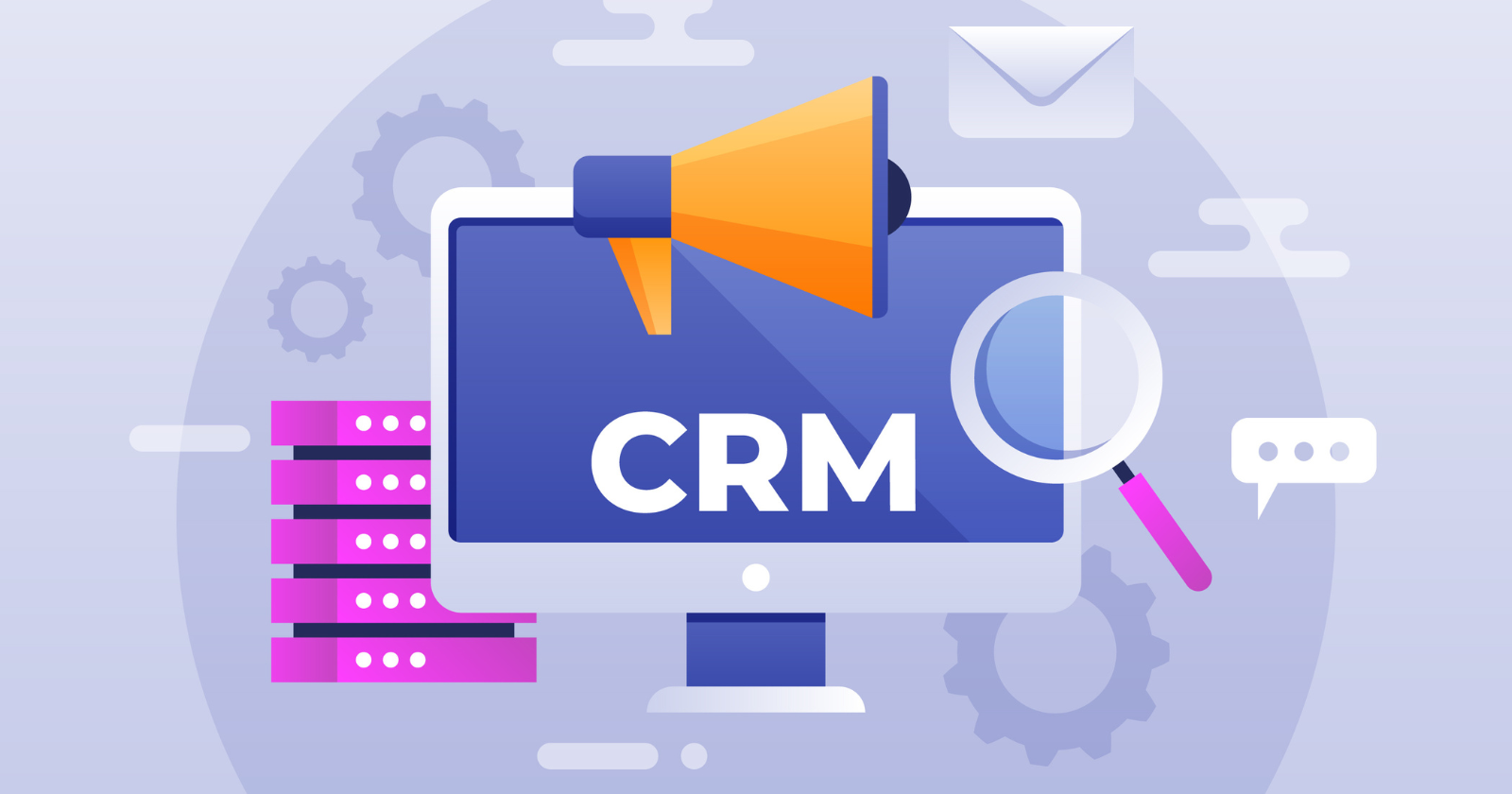Small Business CRM Security in 2025: Your Essential Guide to Data Protection
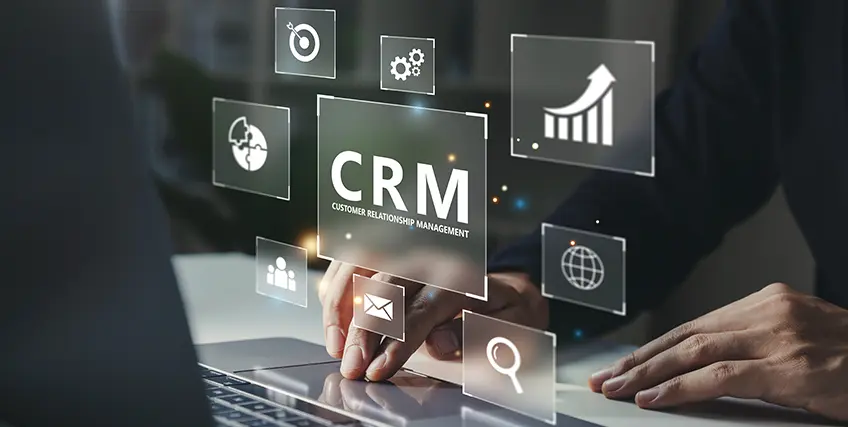
Small Business CRM Security in 2025: Your Essential Guide to Data Protection
The world of small business is constantly evolving, and with it, the threats to your valuable data. Customer Relationship Management (CRM) systems are the lifeblood of many small businesses, holding sensitive information about clients, leads, and sales. In 2025, securing your CRM isn’t just a good practice; it’s a necessity. This comprehensive guide will equip you with the knowledge and strategies you need to navigate the complex landscape of small business CRM security and protect your business from potential threats.
Understanding the Importance of CRM Security
Before we delve into the specifics, let’s establish why CRM security is so critical. Your CRM system likely contains a treasure trove of information, including:
- Customer contact details: Names, addresses, phone numbers, and email addresses.
- Sales data: Deals in progress, purchase history, and revenue figures.
- Marketing data: Campaign performance, customer segmentation, and lead generation information.
- Financial information: Invoices, payment details (if integrated), and other sensitive financial records.
If this data falls into the wrong hands, the consequences can be devastating. Data breaches can lead to:
- Financial losses: Costs associated with data recovery, legal fees, and regulatory fines.
- Reputational damage: Loss of customer trust and negative publicity.
- Legal liabilities: Potential lawsuits and penalties for non-compliance with data privacy regulations.
- Business disruption: Downtime, lost productivity, and the need to rebuild trust with customers.
In 2025, cyberattacks are becoming increasingly sophisticated. Small businesses are often targeted because they may lack the resources and expertise to implement robust security measures. Therefore, understanding the risks and proactively addressing them is paramount.
Key Security Threats Facing Small Business CRMs in 2025
The threat landscape is constantly changing. Staying ahead of the curve requires understanding the specific threats that your CRM system and your business are most vulnerable to in 2025. Here are some of the most significant concerns:
1. Phishing and Social Engineering Attacks
Phishing remains a prevalent threat. Cybercriminals use deceptive emails, messages, or websites to trick employees into revealing sensitive information, such as login credentials. In 2025, phishing attacks are becoming more sophisticated, utilizing AI-powered tools to personalize attacks and make them appear more legitimate. Social engineering tactics, like impersonating IT support or executives, will also be on the rise, designed to manipulate employees into granting unauthorized access.
2. Malware and Ransomware
Malware, including viruses, Trojans, and spyware, can infect your CRM system and steal data or disrupt operations. Ransomware, a particularly damaging type of malware, encrypts your data and demands a ransom payment for its release. In 2025, ransomware attacks are expected to become more frequent and targeted, with cybercriminals focusing on industries and businesses that are likely to pay large ransoms.
3. Insider Threats
Not all threats come from external sources. Insider threats, whether intentional or accidental, can pose a significant risk. This includes disgruntled employees, negligent employees, or employees whose accounts have been compromised. Unauthorized access, data theft, and data leakage are all potential outcomes.
4. Weak Passwords and Authentication
Weak passwords are a primary entry point for cybercriminals. If employees use easily guessable passwords or reuse passwords across multiple accounts, your CRM system is vulnerable. In 2025, the increased use of automated password-cracking tools makes weak passwords even more dangerous. Multi-factor authentication (MFA) is crucial, but even MFA can be bypassed if not implemented correctly.
5. Data Breaches and Data Leaks
Data breaches can occur due to vulnerabilities in your CRM software, misconfigurations, or human error. Data leaks can also happen through unsecured cloud storage, lost devices, or accidental sharing of sensitive information. In 2025, data privacy regulations are becoming stricter, and the consequences of data breaches are more severe, making data protection a top priority.
6. Vulnerabilities in Third-Party Integrations
Many CRM systems integrate with other applications and services, such as marketing automation platforms, email marketing tools, and payment processors. If these integrations are not secure, they can become entry points for cyberattacks. In 2025, ensuring the security of third-party integrations is crucial, including regular security audits and vendor assessments.
7. Supply Chain Attacks
Cybercriminals may target your CRM system through vulnerabilities in the software or services provided by your vendors. Supply chain attacks involve compromising a vendor’s systems to gain access to their clients’ data. In 2025, organizations need to carefully vet their vendors and ensure they have robust security measures in place.
Essential Security Measures for Your CRM in 2025
Protecting your CRM in 2025 requires a multi-layered approach. Here are some essential security measures to implement:
1. Strong Password Policies and Management
Implement strong password policies that require complex passwords, regular password changes, and prevent password reuse. Use a password manager to securely store and manage employee passwords. Educate employees on the importance of strong passwords and how to create them.
2. Multi-Factor Authentication (MFA)
Implement MFA for all CRM users. This adds an extra layer of security by requiring users to verify their identity through a second factor, such as a code from a mobile app or a security key. MFA significantly reduces the risk of unauthorized access, even if passwords are compromised.
3. Access Control and User Permissions
Implement role-based access control (RBAC) to restrict user access to only the data and features they need to perform their job functions. Regularly review and update user permissions to ensure they remain appropriate. This minimizes the damage that can be done by a compromised account.
4. Regular Software Updates and Patching
Keep your CRM software and all related applications up to date with the latest security patches. Software vendors regularly release patches to address vulnerabilities. Failing to apply these patches can leave your system exposed to known exploits. Automate the patching process whenever possible to ensure timely updates.
5. Data Encryption
Encrypt sensitive data, both in transit and at rest. This protects data from unauthorized access if your system is breached. Encryption can be implemented at the database level, the application level, or the storage level. Ensure that encryption keys are securely managed.
6. Data Backup and Disaster Recovery
Regularly back up your CRM data and store the backups in a secure, offsite location. This allows you to recover your data in the event of a data breach, system failure, or natural disaster. Test your backup and recovery procedures regularly to ensure they are effective.
7. Network Security
Implement a firewall to protect your CRM system from unauthorized network access. Use intrusion detection and prevention systems (IDS/IPS) to monitor network traffic for malicious activity. Segment your network to isolate your CRM system from other parts of your network, reducing the impact of a breach.
8. Security Training and Awareness
Provide regular security awareness training to all employees. This training should cover topics such as phishing, social engineering, password security, and data privacy. Conduct simulated phishing exercises to test employee awareness and identify areas for improvement. Foster a culture of security awareness within your organization.
9. Security Audits and Penetration Testing
Conduct regular security audits to identify vulnerabilities and assess the effectiveness of your security measures. Hire a third-party security firm to perform penetration testing (pen testing) to simulate real-world attacks and identify weaknesses in your system. Address the findings of these audits and tests promptly.
10. Vendor Risk Management
Assess the security practices of your CRM provider and any third-party vendors that have access to your data. Review their security policies, conduct security audits, and ensure they meet your security requirements. Include security clauses in your contracts with vendors to protect your data.
11. Incident Response Plan
Develop and implement a comprehensive incident response plan. This plan should outline the steps to take in the event of a data breach or security incident, including how to contain the incident, notify affected parties, and recover from the damage. Regularly test and update your incident response plan.
12. Data Loss Prevention (DLP)
Implement data loss prevention (DLP) measures to prevent sensitive data from leaving your organization. This can include monitoring and controlling data transfers, encrypting sensitive files, and preventing employees from copying or sharing sensitive data. DLP tools can help you identify and prevent data leaks.
Choosing a Secure CRM System
If you’re selecting a new CRM system or migrating to a new platform, security should be a primary consideration. Here’s what to look for:
- Strong Security Features: Look for features like built-in MFA, encryption, access controls, and regular security updates.
- Compliance Certifications: Choose a CRM provider that complies with relevant industry standards and regulations, such as GDPR, CCPA, and HIPAA (if applicable).
- Data Center Security: Ensure the provider’s data centers have robust physical and logical security measures.
- Security Audits and Certifications: Check for independent security audits and certifications, such as SOC 2.
- Data Residency Options: Consider where your data will be stored and whether the provider offers data residency options that meet your compliance requirements.
- Reputation and Reviews: Research the provider’s reputation and read reviews from other customers to assess their security practices.
The Future of CRM Security: Emerging Trends in 2025
The landscape of CRM security is constantly evolving. Staying informed about emerging trends is crucial to staying ahead of the curve. Here are some trends to watch for in 2025:
1. AI-Powered Security
Artificial intelligence (AI) is increasingly being used to enhance security. AI-powered tools can analyze vast amounts of data to detect and respond to threats in real-time. This includes AI-driven threat detection, behavioral analysis, and automated incident response.
2. Zero Trust Security
Zero trust is a security model that assumes no user or device can be trusted by default, regardless of their location. This approach requires verifying every user and device before granting access to resources. Zero trust will be a critical framework for securing CRM systems in 2025.
3. Blockchain for Data Security
Blockchain technology can be used to enhance data security and integrity. Blockchain can be used to create immutable audit trails, track data access, and prevent data tampering. This technology offers a secure method for managing and protecting sensitive information within CRM systems.
4. Increased Focus on Data Privacy
Data privacy regulations are becoming stricter around the world. Organizations will need to prioritize data privacy compliance, including implementing robust data governance policies, obtaining consent for data collection, and providing users with control over their data. CRM systems will need to be designed with data privacy in mind.
5. Automation of Security Tasks
Automation is being used to streamline security tasks, such as vulnerability scanning, patch management, and incident response. Automation can help organizations improve their security posture and reduce the burden on security teams. Security orchestration, automation, and response (SOAR) platforms will play a larger role.
Protecting Your Small Business CRM: A Step-by-Step Guide
Implementing these security measures may seem daunting, but with a structured approach, you can significantly improve your CRM security. Here’s a step-by-step guide:
- Assess Your Current Security Posture: Conduct a thorough assessment of your current security practices, including a review of your CRM system, user accounts, and network infrastructure. Identify vulnerabilities and areas for improvement.
- Develop a Security Plan: Create a comprehensive security plan that outlines your security goals, policies, and procedures. This plan should address the threats you face and the security measures you will implement.
- Implement Security Measures: Implement the security measures outlined in your security plan, such as strong password policies, MFA, and access controls.
- Train Your Employees: Provide regular security awareness training to all employees. This training should cover topics such as phishing, social engineering, and data privacy.
- Monitor Your System: Continuously monitor your CRM system for suspicious activity, such as unauthorized access attempts or data breaches. Use intrusion detection and prevention systems (IDS/IPS) and security information and event management (SIEM) tools.
- Review and Update Your Plan: Regularly review and update your security plan to reflect changes in the threat landscape and your business needs. Conduct security audits and penetration testing to identify vulnerabilities and assess the effectiveness of your security measures.
Conclusion: Securing Your Future
In 2025, small business CRM security is not just a technical issue; it’s a critical business imperative. By understanding the threats, implementing the necessary security measures, and staying informed about emerging trends, you can protect your valuable data, maintain customer trust, and ensure the long-term success of your business. Proactive security planning and implementation are the keys to safeguarding your CRM and your future.
Don’t wait until a breach occurs. Start implementing these security measures today to protect your business and your customers’ data. The security landscape is dynamic; continuous vigilance and proactive security practices will be essential to thrive in 2025 and beyond.

